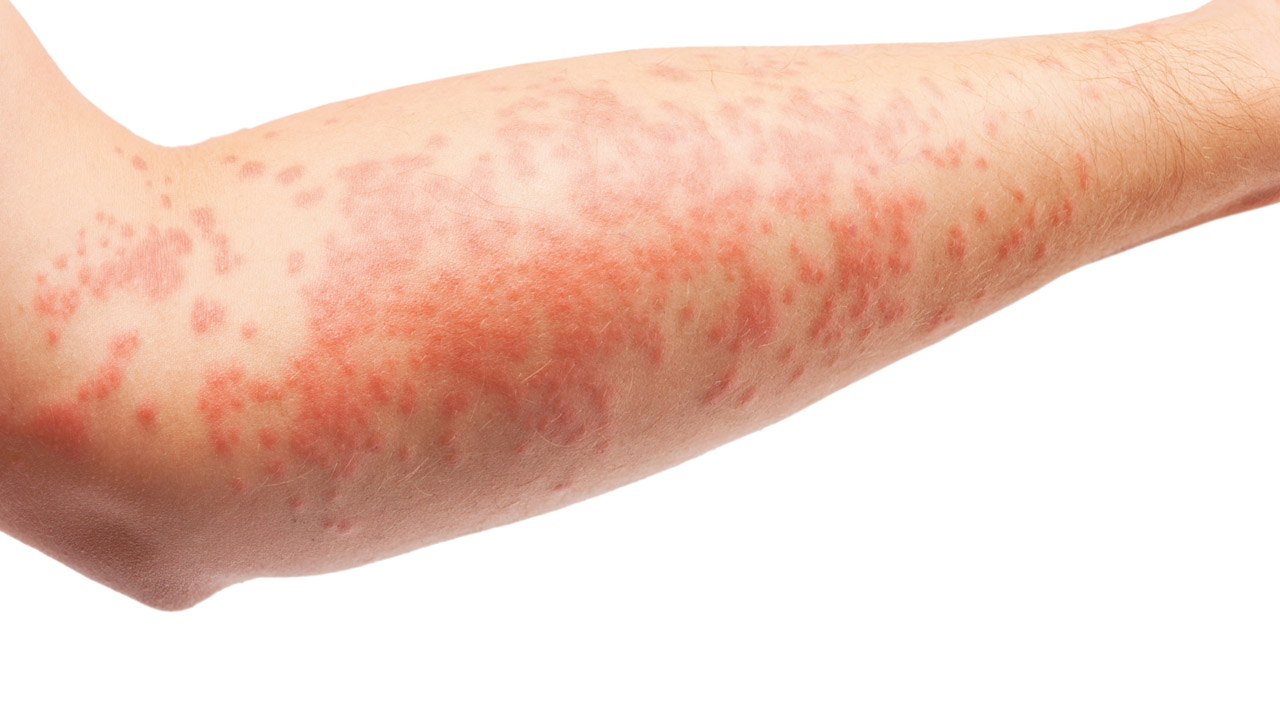In Clinical
Follow this topic
Bookmark
Record learning outcomes
Atopic dermatitis (AD) is one of the most common diseases seen by community pharmacists. Up to 20 per cent of children and 10 per cent of adults in high-income countries have eczema.1
Apart from the often considerable distress caused by visible eczema, AD is linked to numerous comorbidities, such as food allergy, asthma, allergic rhinitis, mental health problems1 and, according to a new study, even venous thromboembolism (VTE).
Several studies highlighted the plethora of mental and physical comorbidities experienced by AD patients. A Dutch study, for example, reported that people with AD were prone to psychiatric comorbidities such as chronic fatigue syndrome, burnout, depression, social phobia, attention deficit hyperactivity disorder, eating disorder, and panic and other anxiety issues.
Link with mental disorders
Patient with atopic dermatitis were more likely to experience loneliness than those without the condition. Loneliness and increasing AD severity strengthened the association between AD and mental disorders.
Food allergies are also common co-morbidities. While certain foods can exacerbate AD, food sensitivity and food allergy can develop after the skin is exposed to food allergens. Poor skin barrier function, a hallmark of AD, can enhance the skin’s reaction to food allergens.
A meta-analysis of 557 articles found that 48.4 per cent of AD patients had food sensitivity, 40.7 per cent challenge-proven food allergy (CPFA) and 32.7 per cent food allergy. Overall, AD increased the risk of food sensitivity, CPFA and food allergy about four- to five-fold.
Children with AD were more likely than adults with eczema to show food sensitivity (49.8 and 28.6 per cent respectively) and food allergy (31.4 and 24.1 per cent respectively). Looking at the relationship the other way, children and adults with food sensitivity (OR 3.92), CPFA (OR 4.93) and food allergy (OR 4.06) were about four times more likely than controls to have AD. In other words, the conditions are intimately intertwined.
The authors remark that healthcare professionals “should be aware of the strong bidirectional relationship to optimise management and treatment of these patients”. They add that, “whether food avoidance in AD individuals could improve their AD and the most [effective] preventative actions remain unknown”.
The comorbidities of AD are more than psychiatric, atopic and dermatological. A UK study used general practice records to match 150,975 AD patients to 603,770 controls. After adjusting for confounders, AD patients were 17 per cent more likely to develop VTE than controls. It was also associated with a 30 per cent increased risk of deep vein thrombosis. The risk of pulmonary thromboembolism did not differ significantly between AD patients and controls.
VTE risk was higher among people with severe AD (32 per cent increased risk) than moderate AD (12 per cent increased risk), people aged 65 years and older (22 per cent increased risk) and those who are obese (25 per cent increased risk). The results were consistent after excluding people with a history of VTE or other inflammatory conditions; VTE risk did not differ between sexes or in females taking hormone treatment.
“Understanding why AD associates with an increased risk of VTE is vital for future research, and knowledge of this increased VTE risk, as well as the subgroups with the highest risk, are important for dermatologists treating AD,” the authors conclude.
Ineffective treatments
Over the years, numerous studies have highlighted that many AD patients do not receive the most effective available treatments. For example, a survey interviewed 2,005 people with AD from eight countries including the UK. Ninety-two per cent had mild-to-moderate AD (less than 10 per cent of body surface area affected).
Fifty-six per cent of people with AD experienced moderate-to-severe itching in the past week. Indeed, itch was the most common reason AD patients sought advice (61 per cent), followed by skin appearance and visible rash (57 per cent), pain (30 per cent) and difficulties with daily and social activities, such as school, work and relationships (23 per cent).
Perhaps not surprisingly, people with mild-to-moderate AD were less likely to have seen a healthcare professional because of their AD in the past year than those with severe AD (67 and 82 per cent respectively). Patients with mild-to-moderate AD were also less likely to report that their healthcare professional involved them always or usually in decisions about treatment than those with severe AD (73 and 86 per cent).
As expected, most participants with mild-to-moderate AD used topical treatments (45-56 per cent). Patients with severe AD were more likely to use systemic treatments, including oral treatments (46-54 per cent), injectables (43 per cent) and phototherapy (37 per cent). Participants with mild-to-moderate AD reported lower treatment satisfaction, regardless of interventions, than people with severe AD.
In particular, fewer than half of people with mild-to-moderate AD were satisfied with the ability of topical treatments to alleviate itch. “The findings of this survey emphasise a need for improvements in treatments for patients with mild-to-moderate AD, with a specific need for effective anti-pruritic therapies,” the authors conclude.
These and other studies presented during the EADV congress highlight how AD can cause considerable distress and that the comorbidities are more than just atopic and dermatological. Community pharmacists should offer effective treatments and refer when appropriate to help people with AD get the help they need.
It may be one of the most common diseases pharmacists encounter, but there is still much to learn. We’ve only scratched the surface.
Reference
1. The Lancet 2020; 396:345-360


